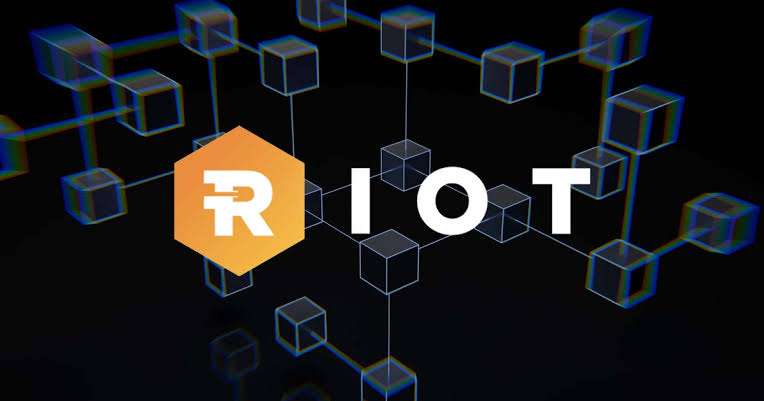Riot Blockchain, in it’s recent report, highlights various factors impacting it’s financial position, including the global chip shortage.
The most recent annual report from Bitcoin mine Riot Platforms mentions a number of factors that could affect the company’s financial position, including a continuing chip shortage, the continued requirement to increase hash rate, and a stronger pro-climate agenda in the US.
In its annual 10-K filing on February 23, which includes a section on risk factor disclosures, Riot—one of numerous Bitcoin (BTC) mining companies getting ready for the impending halving event—highlighted more than thirteen critical threats to its future profitability in Bitcoin mining.
Since Riot depends on “highly specialized” ASIC chips, which only few manufacturers can produce, the continuing global semiconductor crisis is one of the risk issues it has highlighted.
Riot and manufacturer MicroBT reached a $291 million deal in December, with Riot agreeing to purchase 66,560 miners. For the business, it was “the largest order of hash rate” ever, said CEO Jason Les.
Until the chip supply situation is resolved, Riot plans to spend “higher than usual” prices to acquire and install the mining equipment, according to its most recent annual report.
But, as pointed out, they may still encounter “design flaws” even if they had access to ASIC miners.

When asked about its history of software and firmware problems, the company admitted that it may face similar problems in the future while attempting to modify its miners for use in its “immersion-cooled” environs.
At the same time, Riot warns of dangers posed by a “competitive industry,” which implies it must keep boosting its hash rate in step with the worldwide average if it wants to keep its current market share.
“To compete in this highly competitive industry, we believe we will need to continue to acquire new miners, both to replace those lost to ordinary wear-and-tear and other damage and to increase our hash rate to keep up with a growing global network hash rate.”
Riot has pointed out that Bitcoin is up against “significant scaling obstacles” that would prevent it from becoming a mainstream payment option.
As a result, balance sheet could get weakened if “the demand for Bitcoin may stagnate or decrease,” as the company put it.
Additionally, the company warned that the corporation could face difficulties due to the federal and state governments’ increasingly pro-climate change agendas.
According to Riot, if rules in one place are more stringent than in another, the company might lose its competitive edge.
“New legislation and increased regulation regarding climate change could impose significant costs on us and our suppliers, including costs related to increased energy requirements, capital equipment, environmental monitoring and reporting, and other costs to comply with such regulations.”
Riot and the Texas Blockchain Council (TBC) were successful in their case against many US energy officials. The lawsuit claimed that the officials were trying to obtain invasive data from bitcoin miners. The verdict came from a US District judge.
Authorities requested intrusive data collecting from bitcoin miners, according to Riot and TBC, who claimed it was an abuse of government power.
With 6,626 BTC mined in 2023—equivalent to $341.4 million at today’s prices—Riot increased its Bitcoin production by 19%.
In 2023, the average cost for the corporation to mine Bitcoin dropped 33% to $7,539.












